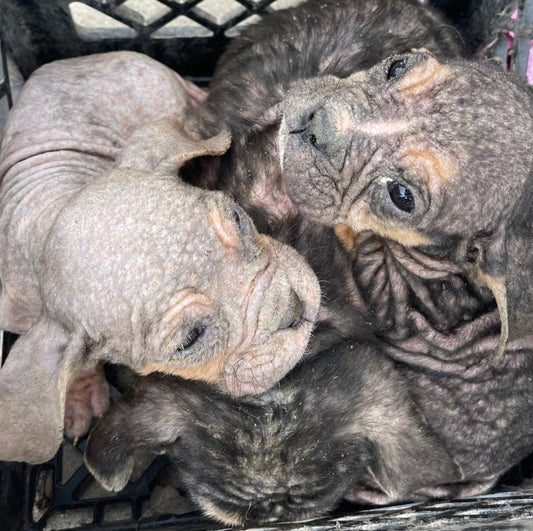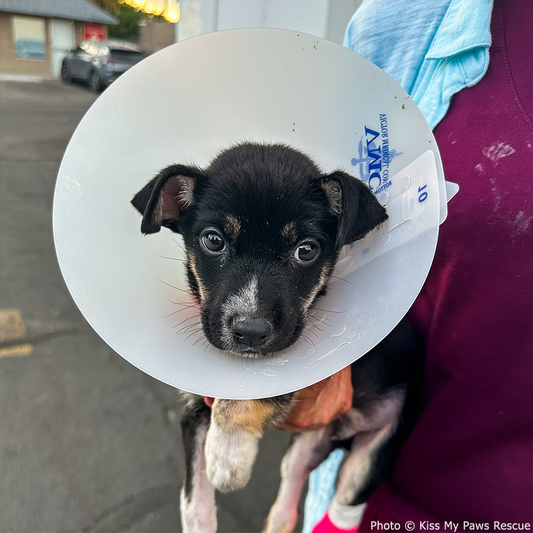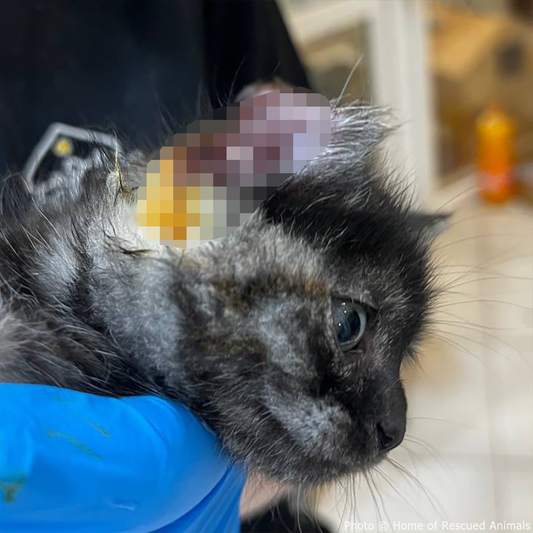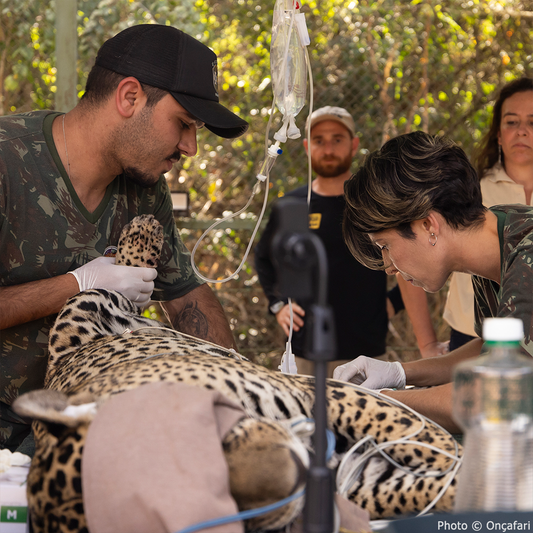Horseshoe Crabs at Risk of Extinction From Medical Testing Demands
Matthew Russell
Wikimedia Commons / Plant Image Library
The horseshoe crab, a primordial sea creature that has existed for over 400 million years, finds itself at a critical juncture in its existence. This fascinating animal, which lives on the tidal mudflats of the East Coast, plays a crucial role in the production of vital medicines used by the pharmaceutical industry.
However, the harvest of horseshoe crabs and their use in medical testing has led to a decline in their numbers, putting the species at risk. Compounding this issue is the impact on a declining bird species, the red knot, which heavily relies on horseshoe crab eggs for sustenance during its long migratory journey.
 Photo: Wikimedia Commons / SeeingMole, License: CC BY-SA 4.0 DEED
Photo: Wikimedia Commons / SeeingMole, License: CC BY-SA 4.0 DEEDHorseshoe crabs play a vital role in coastal ecosystems by aerating and enriching sediment.
Historical Threats to the Horseshoe Crab
The horseshoe crab's remarkable existence dates back millions of years, with a history intertwined with the evolution of life on Earth. These helmet-shaped invertebrates are not true crabs, as the National Oceanographic and Atmospheric Administration but rather share closer genetic ties to land-dwelling invertebrates like spiders and scorpions. They have been present on the East Coast long before the age of dinosaurs, making them a living relic from an ancient era, according to the Florida Fish and Wildlife Conservation Commission. Despite their resilience, horseshoe crabs have faced various challenges throughout history.
One of the earliest threats to horseshoe crabs was habitat destruction caused by human activities, as Delaware Public Radio reports. Coastal development and industrialization led to the degradation of vital mudflat habitats, where the crabs lay their eggs. As these habitats dwindled, horseshoe crab populations declined.
Additionally, horseshoe crabs were historically harvested for bait in the commercial fishing industry. Their blood, containing limulus amebocyte lysate (LAL), became a valuable resource for drug and medical device makers to test for dangerous impurities in medicines, The Washington Post reports. The harvesting process involved draining some of the crabs' blood, and despite efforts to return them to the environment, a significant number died as a result.
 Photo: Limulus polyphemus (Atlantic Horseshoe Crab) (27256381030), Wikimedia Commons / Plant Image Library, License: CC BY-SA 2.0 DEED
Photo: Limulus polyphemus (Atlantic Horseshoe Crab) (27256381030), Wikimedia Commons / Plant Image Library, License: CC BY-SA 2.0 DEEDThe horseshoe crab is not a true crab but an ancient arthropod species.
Current Threats: The Road to Extinction
The recent decline of horseshoe crabs is primarily linked to their role in the production of LAL, which is being harvested at unsustainable rates, reports The Horseshoe Crab. The biomedical industry's demand for their blue blood has led to intense harvesting, with estimates suggesting that around 15% of the crabs die during the bleeding process. This equated to approximately 112,000 horseshoe crabs lost in 2021 alone, WDIO reports.
The consequences of this harvesting extend far beyond the horseshoe crab population. A critical issue is the red knot, a rust-colored, migratory shorebird listed as threatened under the Endangered Species Act. These birds rely heavily on horseshoe crab eggs as a vital food source during their long migratory journey, covering around 19,000 miles roundtrip from South America to Canada. The decline in horseshoe crab populations directly impacts the red knot's survival.
 Photo: Wikimedia Commons / Kaldari, License: CC0 1.0 DEED
Photo: Wikimedia Commons / Kaldari, License: CC0 1.0 DEEDHorseshoe crabs are found along the East Coast of North America.
Voracious Red Knot Birds
The red knot's survival hinges on the abundance of horseshoe crab eggs during its migratory stopovers, reports Cape May Whale Watch. These birds need substantial protection of horseshoe crab eggs to recover and thrive. However, their own dwindling numbers add complexity to the situation. With the red knot population declining by 75% since the 1980s, Fortune reports, both species find themselves in a delicate balance.
 Photo: Wikimedia Commons / Gregory Breese/USFWS, License: Public Domain
Photo: Wikimedia Commons / Gregory Breese/USFWS, License: Public DomainAside from human activity and climate change, the biggest threats to the horseshoe crab are red knot birds.
Preserving the Horseshoe Crab
The plight of the horseshoe crab requires immediate attention and collective action. Conservation efforts must be intensified to protect this ancient species and the delicate ecosystems it supports. Here are some critical steps to take:
1. Regulatory Measures
Regulatory bodies must implement more stringent guidelines for the harvesting and handling of horseshoe crabs to minimize their mortality rate during the blood extraction process. These guidelines should be mandatory rather than voluntary to ensure maximum protection for both horseshoe crabs and the red knot.
2. Research and Synthetic Alternatives
The biomedical industry should intensify research efforts to develop synthetic alternatives to horseshoe crab blood for LAL testing, like recombinant C (rFC). By reducing dependence on wild harvests, this transition will be a significant step towards the conservation of horseshoe crabs.
3. Habitat Conservation
Efforts to protect and restore critical mudflat habitats for horseshoe crab breeding are crucial. Coastal development should consider the impact on these habitats, ensuring their preservation for the survival of both horseshoe crabs and migratory birds like the red knot.
4. Awareness and Education
Public awareness campaigns and educational programs should be launched to highlight the importance of horseshoe crabs in coastal ecosystems and the conservation of the red knot. Community involvement is key to fostering a sense of responsibility towards these species.
 Photo: Wikimedia Commons / Hans Hillewaert, License: CC BY-SA 4.0 DEED
Photo: Wikimedia Commons / Hans Hillewaert, License: CC BY-SA 4.0 DEEDTake a stand for the survival of the horseshoe crab.
5. Collaboration between Stakeholders
Conservation efforts require collaboration between various stakeholders, including fishermen, biomedical companies, conservation organizations, and government agencies. By working together, we can develop sustainable solutions that benefit both the environment and human needs.
The plight of the horseshoe crab is a poignant reminder of the delicate balance between human progress and environmental conservation. This ancient species, which has stood the test of time for millions of years, now faces unprecedented challenges that threaten its existence. As stewards of this planet, it is our moral obligation to take action and safeguard the horseshoe crab from extinction. By implementing regulatory measures, investing in research, preserving habitats, raising awareness, and fostering collaboration, we can pave the way for a brighter future for the horseshoe crab and the myriad of species that depend on its survival.
Together, let us ensure that this ancient marine creature continues to scuttle in our oceans for generations to come. Click below and sign the pledge to save the horseshoe crab!
Matthew Russell is a West Michigan native and with a background in journalism, data analysis, cartography and design thinking. He likes to learn new things and solve old problems whenever possible, and enjoys bicycling, spending time with his daughters, and coffee.




















